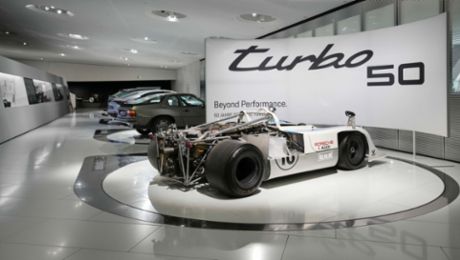The day that Anatole Lapine woke up and decided to wear a pair of tartan trousers would be the day on which the chief designer and his team would decide to include tartan fabrics in the interior programme. Dorothea Müller-Goodwyn worked as a stylist at Porsche from 1970 to 1975, and again from 1978 to 2003. “We had a Scottish colleague in our team who recommended two traditional tartan fabric makers from his homeland to me,” recalls Müller-Goodwyn, who then contacted them both.
“Unfortunately, they were unable to supply us with fabrics with the qualities that we required for the interior of the sports cars: [they had to be] lightfast and abrasion-resistant.” She finally found a supplier 50 kilometres from Weissach, in Dettingen unter Teck, on the border of the Swabian Mountains. The town is home to the Berger company, which capable of weaving series-production-quality fabrics for the Porsche Style team.
Historical background: tartan as a symbol of identity
Tartans typically have a crisscross pattern that is created when threads of different colours are woven together. Traditional natives of Scotland, home of the iconic fabric, wear only the tartans of their clan, thereby identifying the family line to which they belong. However, according to the Scottish law of heraldic arms, it is not forbidden to wear the tartans of other clans.
Three Scottish patterns for the options list
Lapine’s trousers had a blue, green and black pattern inspired by the colours of Black Watch tartan. At the 1973 International Motor Show (IAA) in Frankfurt, Porsche presented the 911 RSR Turbo concept with seat centres and side bolsters in Black Watch tartan. A year later, Louise Piëch was given the 911 Turbo ‘No. 1’, with silver bodywork and an interior upholstered in brick-red cowhide leather, the seat centre in McLaughlin tartan and the Porsche logo on a background of the same tartan pattern. The name of the clan with this red and blue Scottish tartan can also be written ‘MacLachlan’.
In 1974, chief designer Lapine and his team added Mackenzie – featuring beige, red, blue, white and olive green – to the trio of tartans. “Following the success of the exclusive tartans in the Turbo, in the next model year we also used them in the 911,” explains Müller-Goodwyn.
To this day, it is a tradition at Porsche to reinterpret classic design elements and deploy them in cars with state-of-the-art sports car technology. This is a joint endeavour of Porsche Exclusive Manufaktur and the Style Porsche design department. As part of the Heritage Design strategy, special models are created in the Lifestyle area, which are equipped with iconographic elements. These models stem from the product strategy for highly emotive concepts with a historical connection. These concepts are often based on style-defining textiles that evoke long-forgotten times while also carrying the values of the brand into the future.

